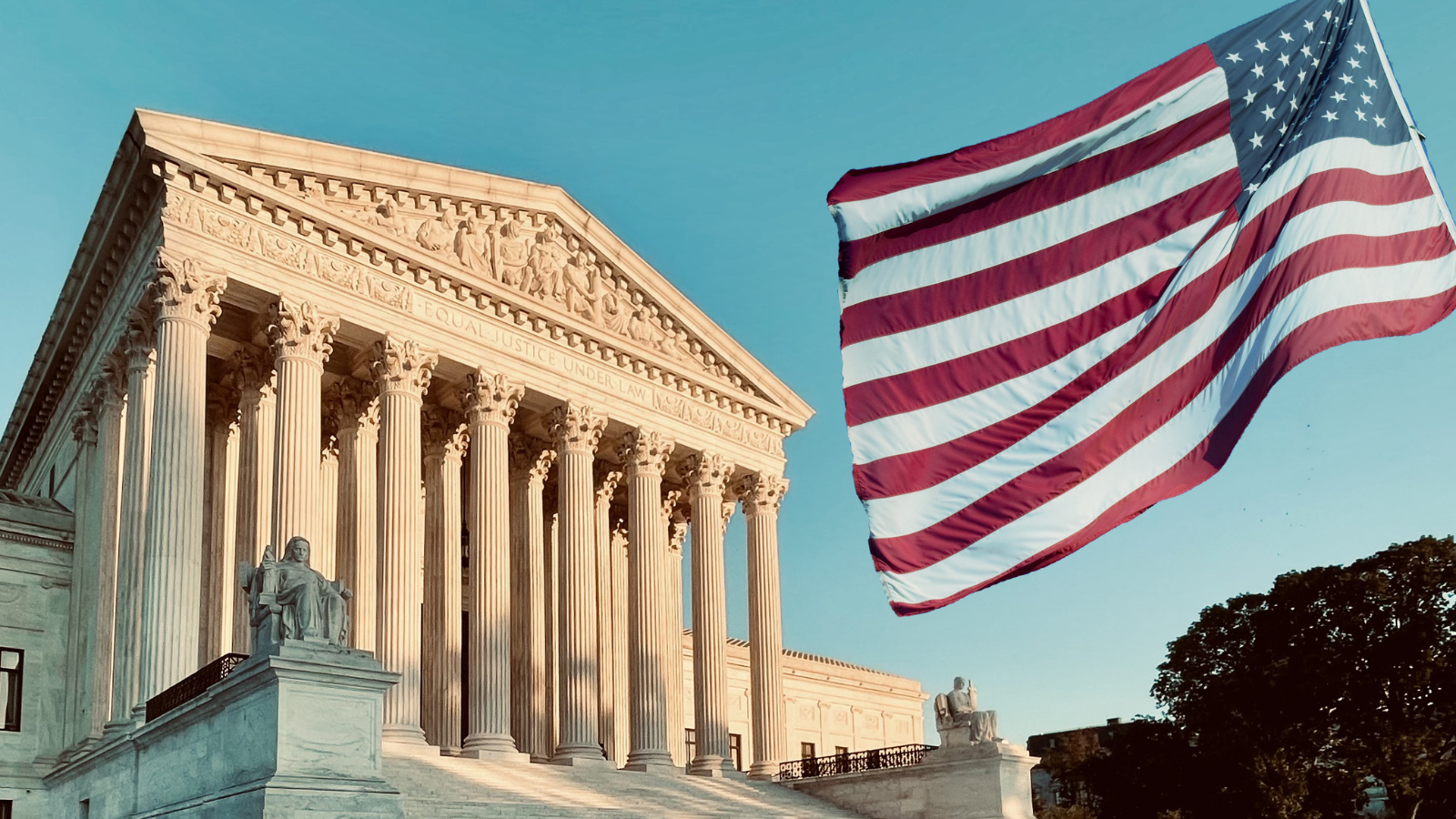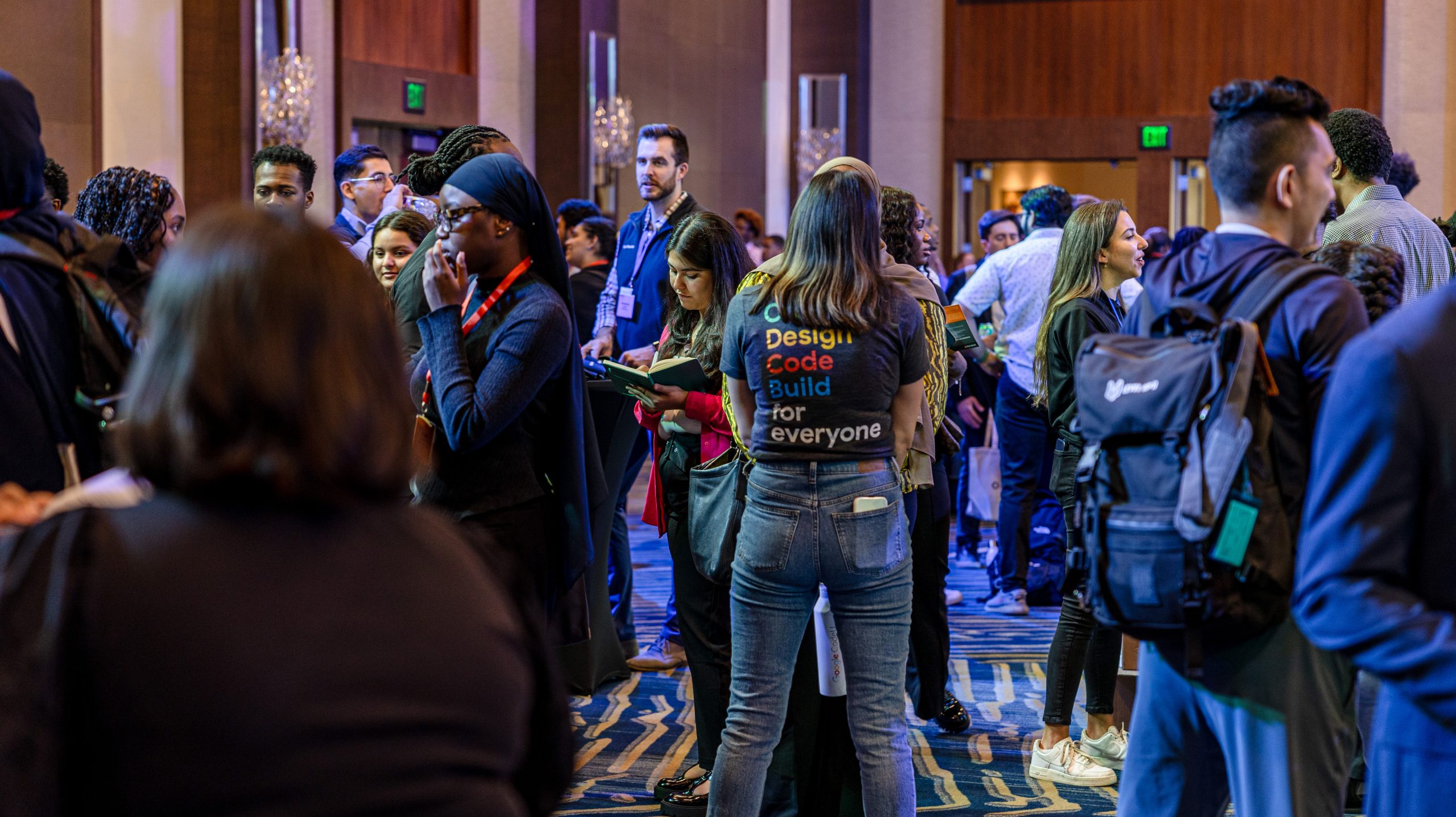Impacts of the Supreme Court Ruling on Affirmative Action: How Employers can Navigate Campus Recruiting Despite Changes in Diversity

By: Jessica Norman, MPH
 Jessica Norman, MPH (she / her) is an Engagement Leader in MLT’s Employer Offerings practice and works directly with Fortune 100/500 companies to uncover DE&I challenges and insights. She has 7 years of experience working on research and consulting teams, bringing expertise in developing evidence-based best practices to MLT’s clients. Jessica’s experience in developing racial equity strategies and solutions supports clients in the media/entertainment, financial services, and CPG sectors. Prior to joining MLT, she worked at the Advisory Board Company where she conducted strategic policy, human resources, and healthcare research for large hospitals and health systems.
Jessica Norman, MPH (she / her) is an Engagement Leader in MLT’s Employer Offerings practice and works directly with Fortune 100/500 companies to uncover DE&I challenges and insights. She has 7 years of experience working on research and consulting teams, bringing expertise in developing evidence-based best practices to MLT’s clients. Jessica’s experience in developing racial equity strategies and solutions supports clients in the media/entertainment, financial services, and CPG sectors. Prior to joining MLT, she worked at the Advisory Board Company where she conducted strategic policy, human resources, and healthcare research for large hospitals and health systems.
On June 29, 2023, the United States Supreme Court (SCOTUS) ruled in Students for Fair Admissions, Inc. v. Harvard College and University of North Carolina that colleges and universities could no longer consider race or ethnicity as a decision-making factor in student admissions. Immediately following the ruling, a ripple effect emerged across academia. Throughout the country, educators, advocates, and admissions offices found themselves grappling with the implications for their student populations; many had questions and very few had insights on what to do next.
As we reflect on what we’ve seen within the last year since the ruling, it is clear that steps have been taken to roll back racial equity practices on college and university campuses as a direct result of this decision. While some have taken steps beyond the admissions process to remove race or ethnicity criteria from DEI-specific programs for students, others have also removed DEI offices from their campuses entirely. Whether driven from a standpoint of risk or intolerance, these changes undoubtedly brought about feelings of anxiety and concern for many audiences, one of whom is a direct recipient of college talent: Corporate America.
Corporate America’s Perspectives
While the decision immediately challenged efforts to promote campus diversity, many speculated whether this ruling would challenge employer efforts to foster diversity in the workplace over time. Members of the Biden administration addressed this concern, including Ms. Charlotte A. Burrows, Chair of the U.S. Equal Employment Opportunity Commission (EEOC), who provided a statement shortly after the ruling stating:
“However, the decision in Students for Fair Admissions, Inc. v. President & Fellows of Harvard College and Students for Fair Admissions, Inc. v. University of North Carolina does not address employer efforts to foster diverse and inclusive workforces or to engage the talents of all qualified workers, regardless of their background. It remains lawful for employers to implement diversity, equity, inclusion, and accessibility programs that seek to ensure workers of all backgrounds are afforded equal opportunity in the workplace.”
Leaders who were already committed to advancing Diversity, Equity, and Inclusion (DEI) in the workplace initially found this statement to be somewhat of a relief, especially when it came to implementing workplace diversity strategies and DEI-focused programs for underrepresented groups, which in most corporate spaces, typically includes individuals who identify as Black or African- American, Hispanic or Latine, and/or Native American. However, this did not ease the overwhelmingly negative responses that have unfolded in corporate spaces within this past year.
Implications for Corporate Campus Recruiting
As school campuses endured changes to admissions processes, one downstream implication quickly emerged as a reasonable point of concern for employers since the ruling: campus recruiting. One major change to keep on our radar is the demographic makeup of the student populations. Over time, corporate America is likely to see selective colleges and universities become less racially and ethnically diverse, meaning employers will need to expand their traditional campus recruiting strategies to identify and recruit top, diverse talent across campuses to minimize the expected impact on their applicant pools.
Without intentional recruiting pivots, companies will likely suffer the consequences of not prioritizing DEI in recruiting down the line, including missed opportunities to financially outperform their competitors. Diverse pipelines from classrooms to conference rooms could essentially “dry out,” and a snowball effect could emerge. Less diverse new hire cohorts could eventually lead to less diverse employee populations, and in turn, less diversity in leadership. This arguably conflicts with the fact that our future workforce is expected to become increasingly diverse in the coming years, with over 50% of Generation Z representing “non-white backgrounds.” Our future generations will grow and expand demographically, but the opportunities made available to them will shrink, setting corporate America up for a dangerously unpredictable future.
The SCOTUS ruling on Affirmative Action in higher education forced leaders to think differently about DEI; moving forward, we know there’s much to be done. At MLT, we recognize that employers’ concerns on this issue are valid; in fact, we find them to be completely understandable. However, we believe employers are still well-positioned to make measurable progress in advancing racial equity and diversifying talent pipelines despite the expected downstream implications of the Affirmative Action ruling. Based on our expertise partnering with companies across industries, sectors, and DEI maturity levels, we have identified three actions employers can take to alleviate concerns for the future of their workforce, particularly as it pertains to recruiting diverse talent from the college and university campuses directly impacted by the SCOTUS Affirmative Action ruling.
Guidance for Employers: Three Actionable Steps to Maintain Diverse Campus Recruiting
- Seek Alignment and Clarity. Leaders and stakeholders must have clarity on the ruling and an understanding of the fact that it does not address employer efforts for workplace diversity. Recruiters and human capital leaders alike are particularly important here, as they will witness changes in the racial and ethnic makeup of college and university campuses firsthand. Therefore, their efforts to recruit and hire diverse talent must adjust accordingly.
- Expand Your Campus Recruiting Sourcing Strategy. With college campuses likely to become less diverse, organizations must proactively expand recruiting sources and pipelines. Leading organizations continuously diversify the lists of target schools they recruit from, however, there are ways to broaden this strategy even further. Some examples include tapping into the alma maters of employees who are members of your Employee Resource Groups (ERGs); connecting with affinity-based organizations or societies (e.g., Greek sororities and fraternities, National Society of Black Engineers, Society of Hispanic Professional Engineers, etc.), and partnering with organizations such as MLT that can enhance the diversity of your recruiting pipelines by connecting companies with top, diverse talent. This expansion must apply to all functions, geographies, and divisions to ensure that every portion of your organization is seeking the best talent.
- Communicate Your Commitment to DEI in Authentic Ways. Keep in mind that potential candidates are interacting with your brand and learning about your organization’s commitments well before interacting with recruiters. Communication channels can reinforce your commitment to DEI in spaces that matter; for example, third party job boards, social media posts, and job descriptions are simple, convenient platforms that candidates regularly tap into. In times like these, we encourage organizations to communicate their commitments to DEI using the communications tools and channels that are authentic to them. Whether you use newsletters, intranet platforms, or announcement boards, be sure to answer the “why” behind your commitment to DEI. Publish content that highlights why DEI matters to your organization and why you remain committed to advancing it.
The journey to advancing DEI in corporate America and higher education has always required resilience and determination. It is characterized by societal injustices and tragedies that grip our hearts, the voices of the people who refuse to stop fighting for change, and the constant evolution of language that spotlight our cultures, heritages, and lineages that make us proud. The SCOTUS ruling on Affirmative Action in June 2023 certainly grabbed all of our attention in meaningful ways that cannot be taken lightly. However, with more clarity, strategy, and commitment, we press forward with hope for the coming years and continue our journey as we always have, believing that one day, we will see the diversity of our world reflected in our corporate spaces.
Note: This blog post was assisted by a collection of MLT staff. Thank you.
Management Leadership for Tomorrow Contributors & Reviewers
Tina Gilbert, Crystal Lynese Walker, Felipe Chaquea, Ryan Carty, Shannon Reinard Demko, and Joycelyn Morris
Read Next: Then and Now: Higher Education Admissions for People of Color



